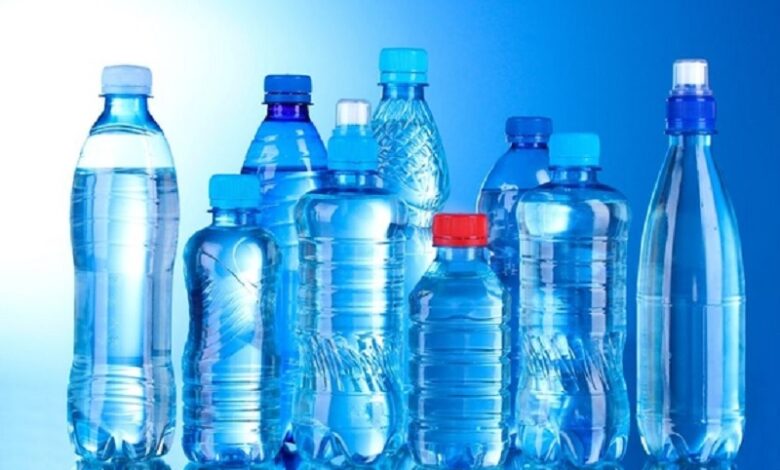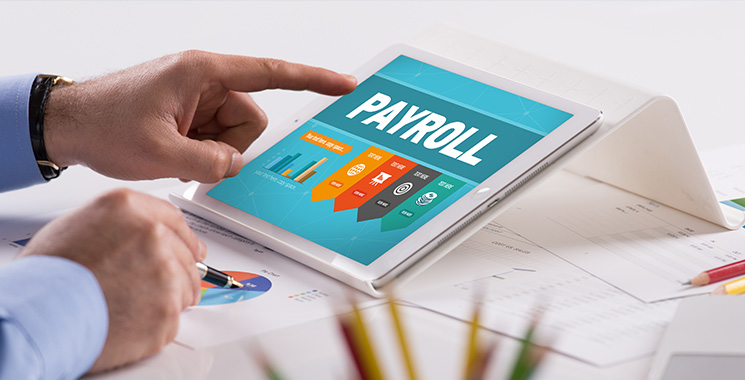The Problem With Plastic Packaging

The escalating threat of plastic pollution continues to worsen as more and more plastics infiltrate our oceans, landfills, and the air we breathe. A crucial step towards combating this issue lies in a profound reduction of our consumption, particularly in the realms of product manufacturing and packaging. Plastic waste, a formidable component of municipal solid waste, poses a significant environmental challenge. The surge in online shopping exacerbates this crisis, making it imperative to reevaluate our approach.
It’s crucial to recognize that e-commerce giants are not the sole contributors to this mounting waste dilemma. Other industries, such as food and hospitality, as well as manufacturing and distribution also contribute substantial waste throughout their day-to-day operations. All of these industries can play a pivotal role in enacting positive change through the use of sustainable alternatives in packaging.
Fortunately, there is a discernible shift towards sustainability, with more manufacturers adopting waste control programs and eco-friendly practices. Materials like glass, paper, and cardboard, despite potential cost implications, present themselves as more easily recyclable alternatives to traditional plastic packaging. Moreover, innovative techniques such as ultrasonic sealing, when paired with eco-friendly materials like paper, offer a promising avenue for sustainable packaging without compromising safety.
While the global battle against plastic waste demands comprehensive efforts, modernizing packaging practices and implementing cutting-edge manufacturing techniques can initiate impactful change today. To learn more about the efforts organizations are making towards a more sustainable future by reducing plastic packaging use, read on to the accompanying infographic.
The Problem With Plastic Packaging, provided by Herrmann Ultrasonics, a company offering a suite of ultrasonic metal welding machines





